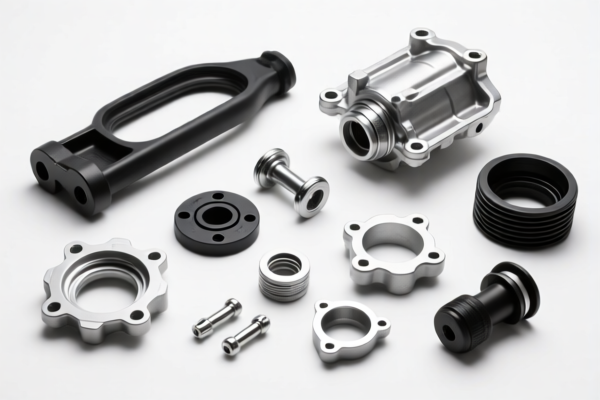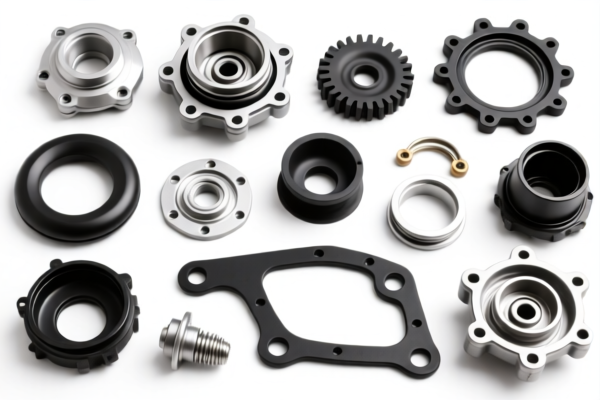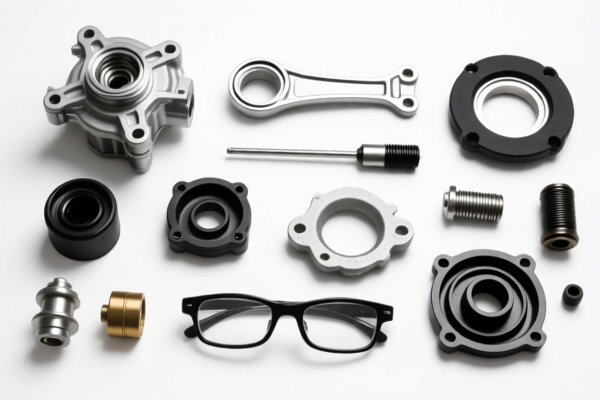Found 3 matching results
(CN → US)
| HS Code | Official Doc | Tariff Rate | Origin | Destination | Effective Date |
|---|---|---|---|---|---|
| 8712004800 | Doc | 66.0% | CN | US | 2025-05-12 |
| 8712005000 | Doc | 3.7% <u></u>+55.0% | CN | US | 2025-05-12 |
| 8714961000 | Doc | 63.0% | CN | US | 2025-05-12 |




Pedals
Pedals are mechanical or electronic devices used to control a function with the foot. Their application is diverse, spanning transportation, music, and industrial machinery.
Materials
Pedal construction varies widely based on intended use. Common materials include:
- Metals: Steel, aluminum alloys, and cast iron are frequently used for structural components in automotive and industrial pedals due to their strength and durability.
- Plastics: Polymers like nylon, polycarbonate, and ABS are utilized for lighter-duty pedals, often found in musical instruments or recreational applications.
- Rubber: Often applied as a grip surface on pedal faces to enhance traction and comfort.
- Carbon Fiber: Employed in high-performance applications (e.g., racing pedals) for its lightweight and high-strength properties.
Purpose & Function
The core purpose of a pedal is to translate foot pressure or movement into a corresponding action. This action can be:
- Mechanical: Direct linkage to a system (e.g., brake pedal activating a braking mechanism).
- Electrical: Generating an electrical signal proportional to pedal position or pressure (e.g., gas pedal in a car sending a signal to the engine control unit).
- Pneumatic/Hydraulic: Controlling fluid flow or pressure (e.g., organ pedals).
Usage Scenarios
- Automotive: Accelerating, braking, and clutch control. Modern vehicles often feature multiple pedal types for various functions.
- Cycling: Propelling the bicycle (pedals), and sometimes controlling additional functions like gear shifting or braking.
- Music: Controlling sustain, volume, or other effects on instruments like pianos, organs, and guitar effects processors.
- Industrial Machinery: Operating heavy equipment, controlling speed, or initiating specific processes.
- Aviation: Controlling rudder, brakes, and trim functions in aircraft.
Common Types
- Automotive Pedals:
- Gas Pedal: Controls engine power.
- Brake Pedal: Activates the braking system.
- Clutch Pedal: (Manual transmissions) Disengages the engine from the transmission.
- Musical Pedals:
- Sustain Pedal (Piano): Lifts dampers to allow notes to ring.
- Volume Pedal (Guitar/Organ): Controls audio volume.
- Wah Pedal (Guitar): Creates a sweeping filter effect.
- Reverb/Delay/Chorus/Distortion Pedals (Guitar): Adds electronic effects to the sound.
- Cycling Pedals:
- Flat Pedals: Simple platforms for the feet.
- Clipless Pedals: Require special shoes with cleats that lock into the pedal.
- Toe Clip Pedals: Use straps to secure the feet.
- Organ Pedals: Control bass notes and tonal qualities.
- Aircraft Pedals: Control rudder and brakes.
Based on the provided information, the following HS codes are relevant to “pedals”:
- 8714961000: Parts and accessories of vehicles of headings 8711 to 8713: Other: Pedals and crank-gear, and parts thereof: Pedals and parts thereof.
- 87: Chapter 87 – Vehicles and parts thereof; bicycles, cycle-parts and cycle-accessories. This chapter covers a broad range of vehicles and their components.
- 14: Heading 8714 – Parts and accessories of vehicles of headings 8711 to 8713. This heading specifically focuses on the parts and accessories used in those vehicles.
- 961000: Subheading 8714961000 – Other: Pedals and crank-gear, and parts thereof: Pedals and parts thereof. This further narrows down the classification to specifically include pedals and related components.
Regarding HS code 8714961000, please note the following tax details: the base tariff is 8.0%, with an additional surcharge of 25.0%. After April 2, 2025, the additional surcharge will increase to 30%, resulting in a total tariff of 63.0%.
Customer Reviews
No reviews yet.